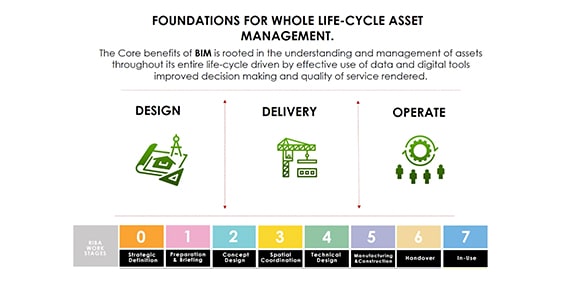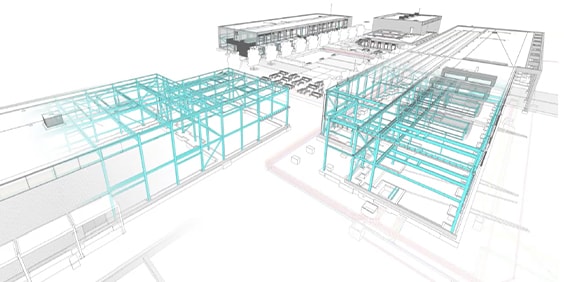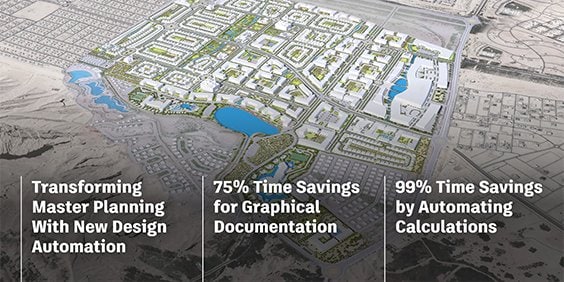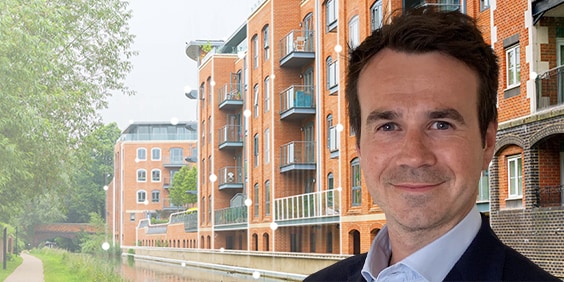‘Start with quick wins, look at the key priority processes and see which ones might be easier to move into a digital workflow. ‘
Marek Suchocki, Autodesk
‘You are not alone. Everyone I have ever spoken with started with a 2D traditional document exchange workflow. The way I would begin to migrate into more intelligent workflows would be to first map out your existing workflow, piece-by-piece in a flow diagram, and detail exactly how the ‘as-is’ process works today. Even doing this on a whiteboard or MURAL, you will see inefficiencies. They are very quick to itemize and very simple to work through. Even just starting to work in a digital workflow rather than a paper-based workflow will streamline your process workflows and efficiency.
When we do mature to a point when we can start to use more advanced technologies, we can standardize workflows, have roles and responsibilities for approvals, and have the system drive the workflows. We can also look at things like issues tracking and management, where users are able to raise issues based on specific assets within a much larger model, and track audit and report on these at regular intervals or manage within the live environment.
Start small as mentioned previously. Everyone was there at one time or another. Call on expertise resources around you such as that offered within this group. Starting with workflows is a really nice place to start and share problems, solutions, and best practice. The ISO 19650 standards can help inform and standardize your improved workflows as you progress your digitalization journeys and will certainly give you food for thought moving forward. ‘
Lewis Watts, Autodesk
‘Finally, I would add one thought that I think it’s inevitable that you will eventually start to adopt digital workflows. The Construction Playbook, for example, is driving that. ‘
Marek Suchocki, Autodesk.





